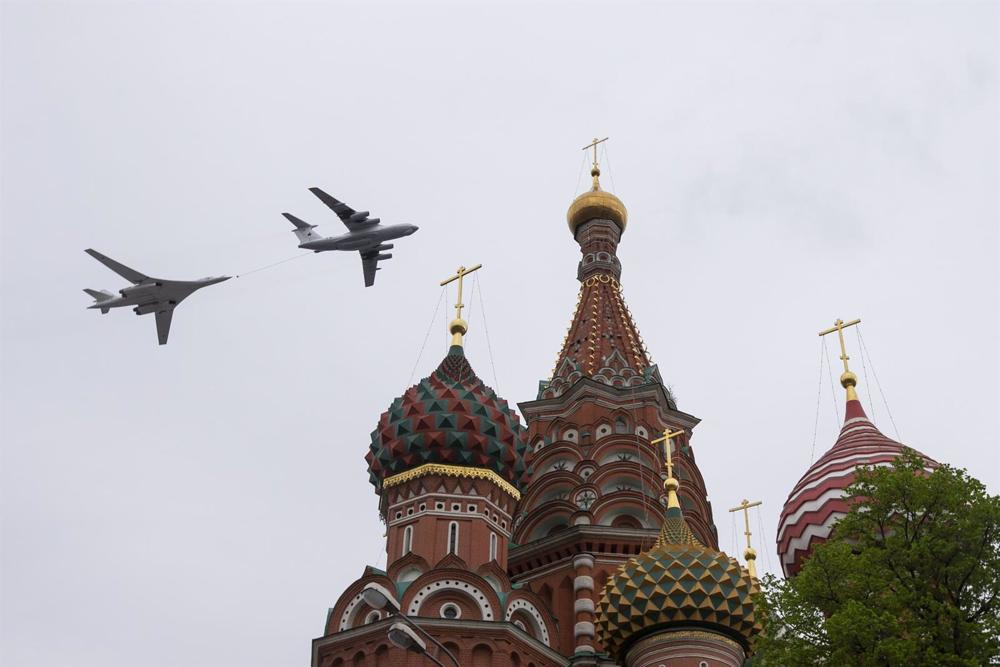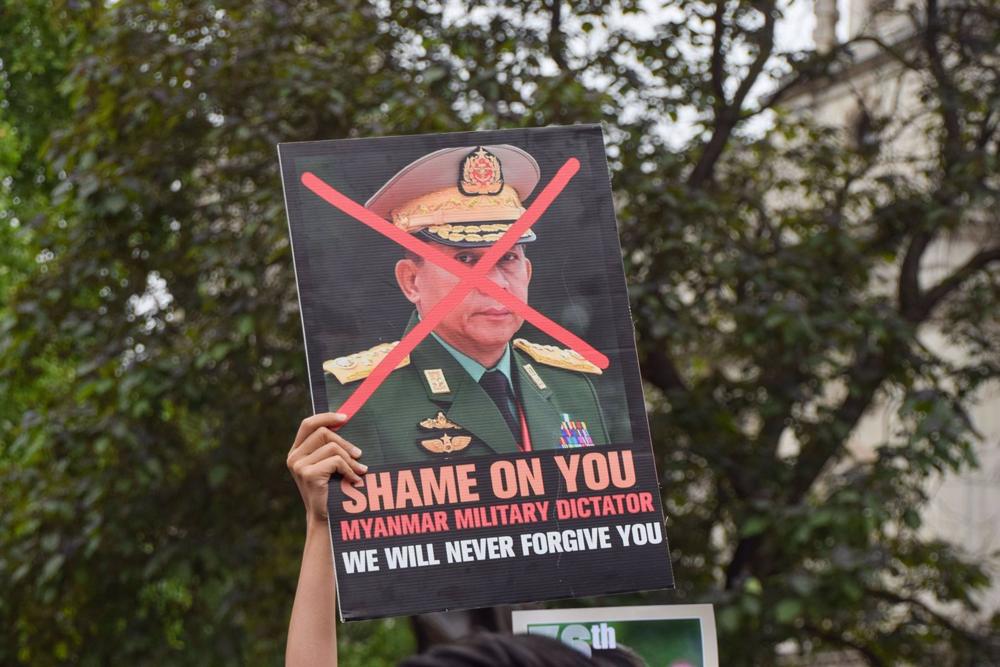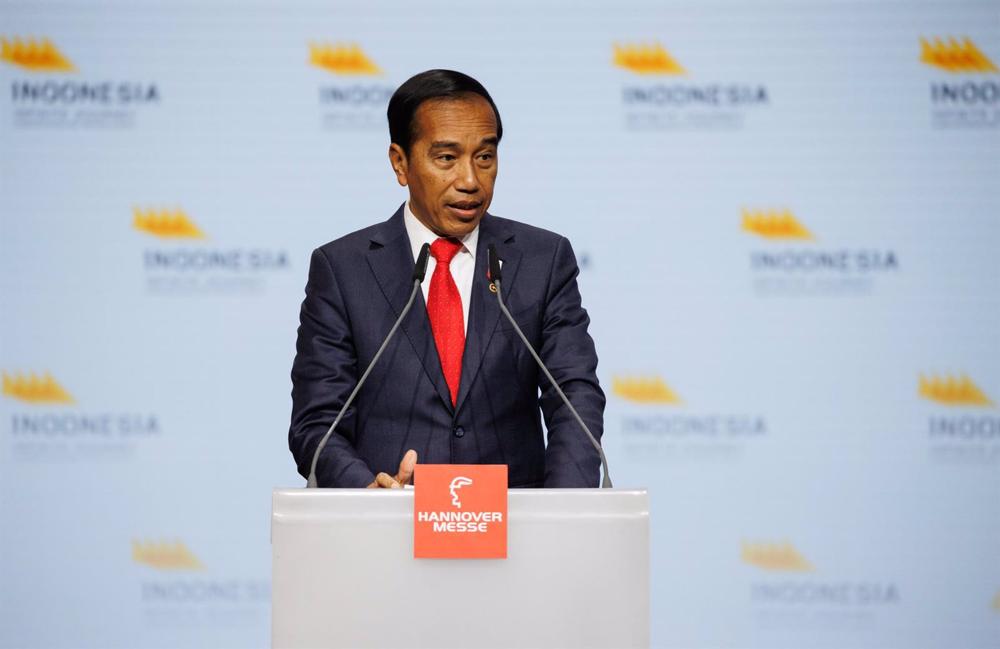
Russian President Vladimir Putin has announced an agreement with Belarus for the deployment of Russian tactical nuclear bombs on Belarusian territory in response to the British announcement that it will deliver depleted uranium ammunition to the Ukrainian Army.
DU ammunition is mainly used to pierce the armor of military vehicles such as battle tanks or troop transport vehicles and are also useful against the hull of warships.
Tactical nuclear weapons are by definition those that have battlefield utility, an actual military use against a hostile force, and the most widespread academic definition is that they are bombs of between 1 and 50 kilotons installed in projectiles with a range of up to 500 kilometers.
To get an idea of their magnitude, we can recall that the bomb dropped by the United States on Hiroshima in 1945 was 15 kilotons and was launched from a bomber. Tactical nuclear weapons, however, can be launched in the case of Russia from ships, aircraft and even by ground forces.
They are much more destructive than a conventional warhead even though they have the same explosive energy and cause radiation contamination affecting air, soil, water and the food chain.
This type of tactical nuclear weapons have not been included in any nuclear arms control agreement and the medium-range ones were only in the Medium-Range Nuclear Forces treaty, in force from 1987 to 2018.
DISUASION CAPABILITY Strategic nuclear weapons instead have the deterrent and mutually assured destruction capability that dominated the Cold War. The United States and Russia have reduced their arsenal of these weapons from 19,000 and 35,000 to 3,700 and 4,480 by January 2022.
»Large-scale nuclear strikes are considered unfeasible. Strategic nuclear weapons are losing their deterrent value in a war between nuclear powers. Tactical nuclear weapons are more likely to be used, in theory, so their possession would strengthen a country’s deterrence,» noted Nina Srinivasan Rathbun, professor of International Relations at the University of Southern California, USA.
Despite their greater potency, the military utility of tactical nuclear weapons is questionable, as conventional explosive bombs are becoming increasingly powerful, to the point that the United States has reduced their numbers. Most of its stockpile of 150 B61 gravity nuclear bombs is located in Europe.
France and the United Kingdom have completely eliminated their tactical arsenals, although Pakistan, China, India, North Korea and Israel do have such bombs.
QUESTIONABLE MILITARY UTILITY U.S. military studies have concluded that it would take detonating a one-kiloton tactical nuclear bomb within 90 meters of a battle tank to cause serious damage. Studies of its use in a nuclear conflict between India and Pakistan suggest that a Pakistani 5-kiloton tactical nuclear bomb used against an Indian tank regiment could destroy about thirteen tank vehicles.
Russia on the other hand has some 2,000 tactical nuclear bombs which play a very important role in its nuclear strategy mainly due to its smaller capacity and technological advances in conventional weaponry.
Most of them are prepared for use in air-to-surface missiles, short-range ballistic missiles, gravity bombs and depth charges carried by medium-range tactical bombers or by anti-ship or anti-submarine torpedoes.
In recent years Russia has developed dual-use conventional and nuclear missiles which has caused some concern in Washington, since it is not known until the last moment what type of warhead it carries. In particular, the production of Iskander-M missiles, which have already been used to attack specific targets in Ukraine, always with non-nuclear explosives, has become widespread.
However, the use of Russian nuclear weapons in Ukraine does not seem very logical. »I think it would not achieve any military objectives. It would contaminate territory that Russia considers part of its historical empire and would probably affect Russian territory itself. It would increase the chances of direct NATO intervention and destroy Russia’s image in the world,» Nina Srinivasan Rathbun reiterated.
That is why its deployment in Belarus has more to do with the Tsar Bomba, a hydrogen bomb developed by the Soviet Union and detonated in the Barents Sea. It had more than 50 megatons of power and its size made it of little use at the war level, but it fulfilled its function at the propaganda level.
Source: (EUROPA PRESS)






